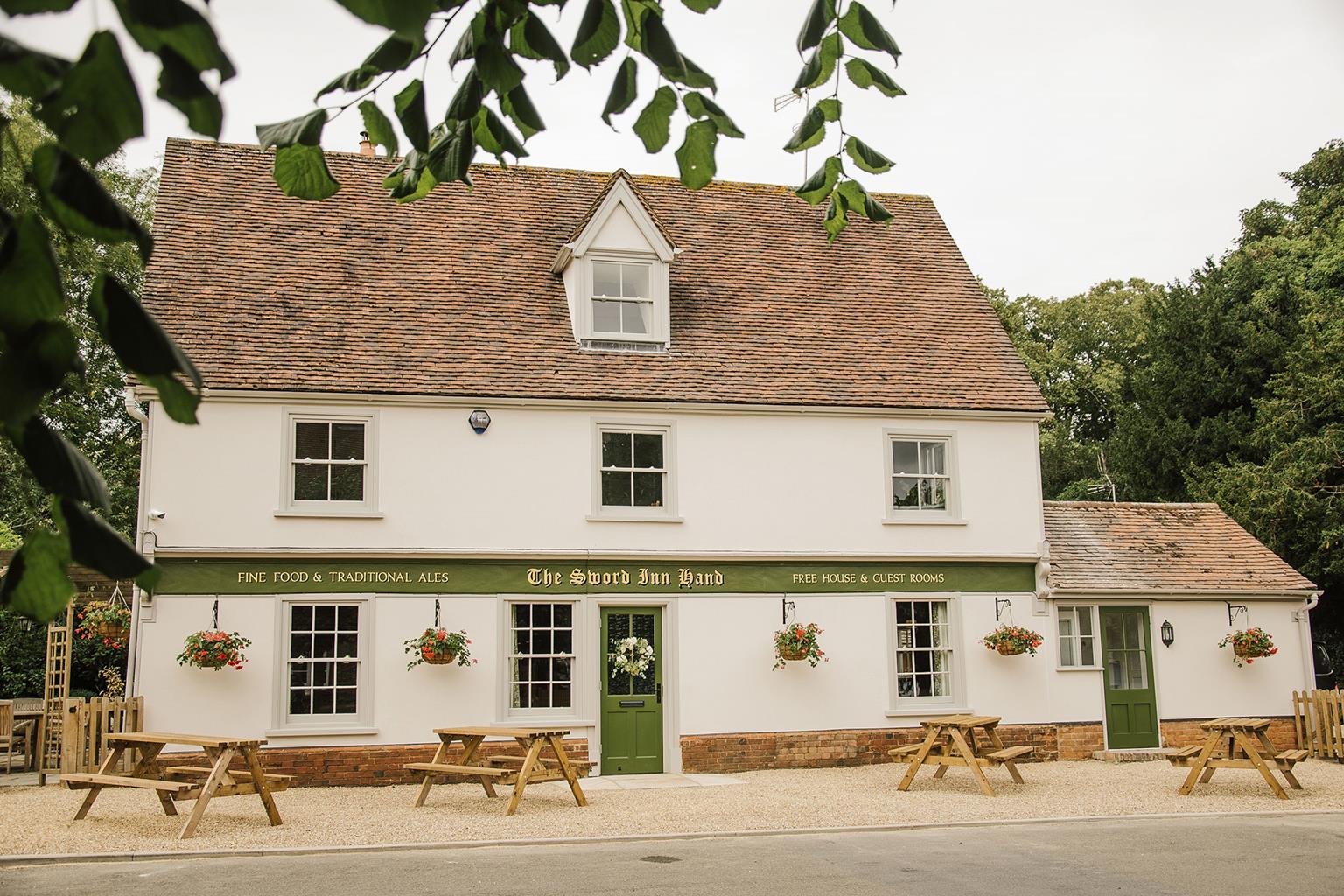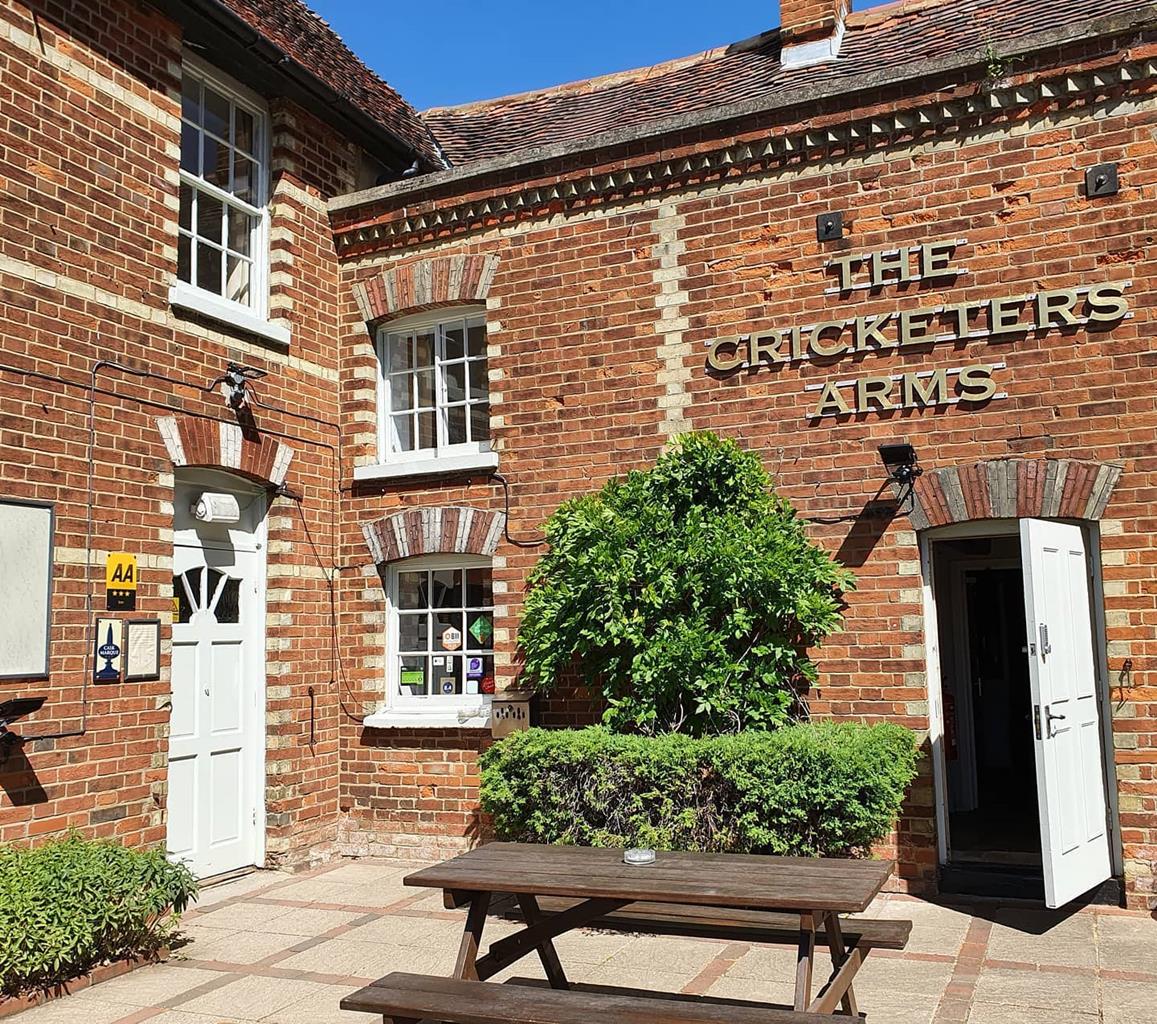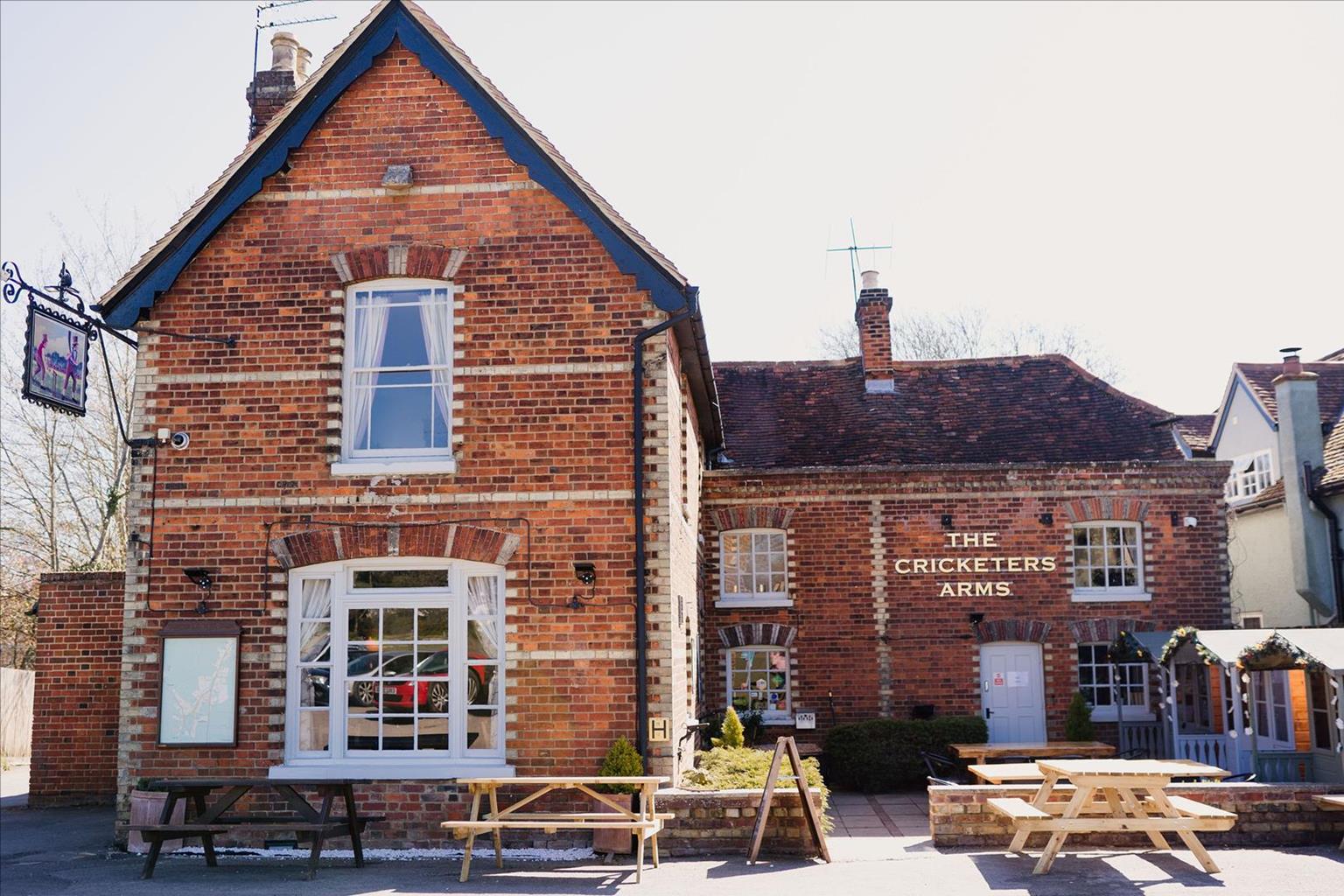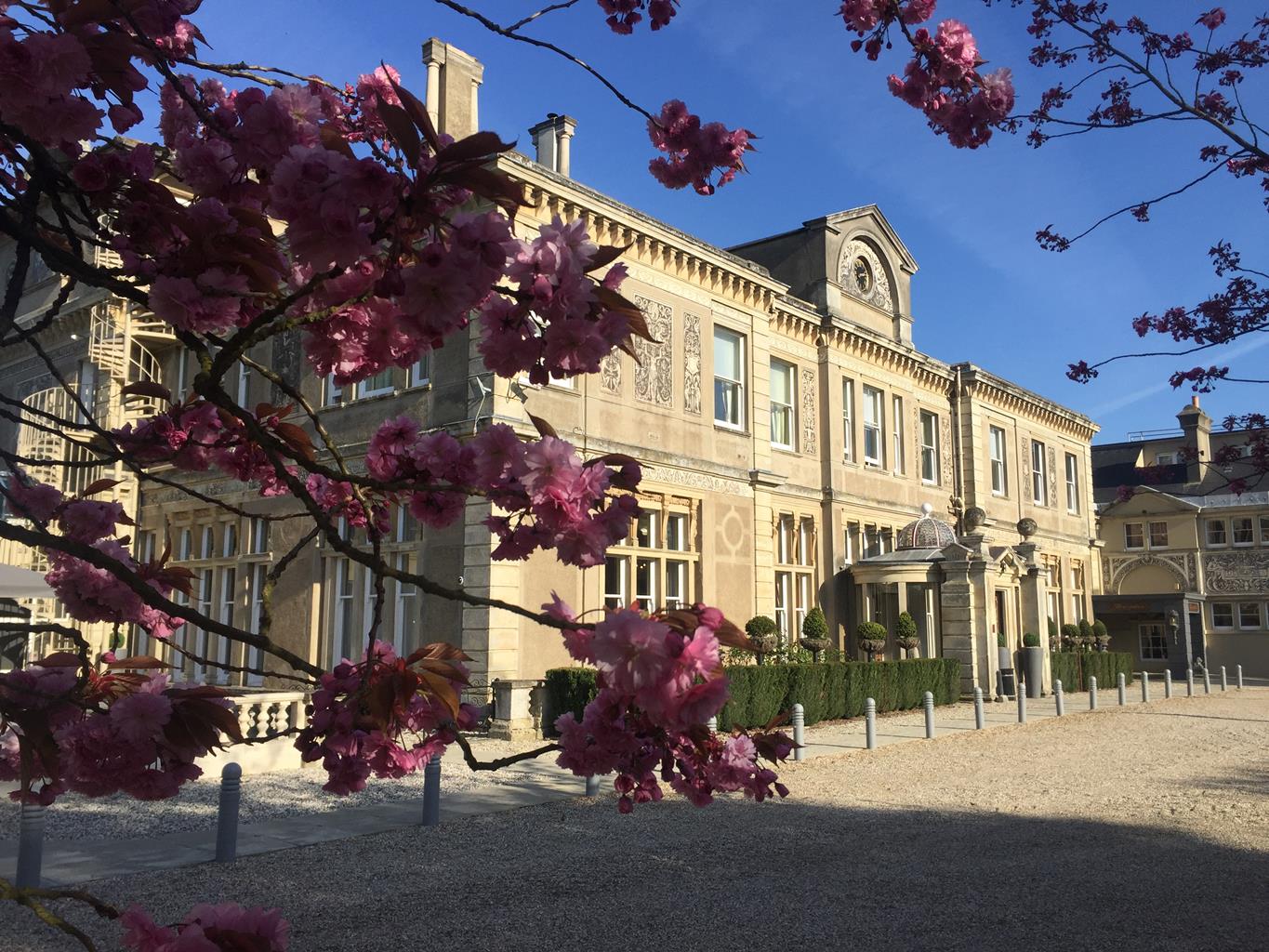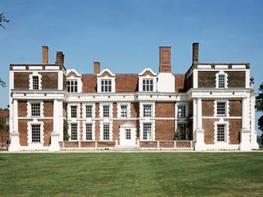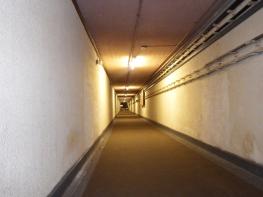Harlow International Hostel is situated adjacent to a landscaped park and is one of the oldest…
Old Harlow and New Harlow

A leisurely stroll exploring town and country from Mark Hall to Old Harlow.
4 miles (6.4kms)
About the walk
In 1944 Harlow was one of 32 locations around London selected as a site for a New Town. On the western edge of Essex, the area consisted of a few scattered hamlets and farms and, apart from the villages of Old Harlow and Potter Street, it was rural and undeveloped, with many fine trees and woodlands. Although close to London, Harlow was never intended to be a satellite of the capital, but rather a self-contained, planned town with its own amenities to house Londoners whose homes had been destroyed in World War II.
A green new town
Eminent architect Sir Frederick Gibberd proposed that the new town should be just west of the original village of Old Harlow. It was to consist of a central civic area surrounded by four large neighbourhood clusters, each with its own shops, churches, library, medical and community centres and schools. The clusters would be separated by wide green areas carrying the town's main roads. The woodland areas were increased by planting many thousands of trees, thus enhancing Harlow's rural atmosphere. Many old buildings nestle happily alongside the modern housing developments, and the countryside reaches right into the centre, earning its 'green town' reputation.
In and around Harlow you will discover an independent system of cycle tracks, some along former medieval lanes, which conserve the landscape and provide a pedestrian-friendly link with the past. This walk starts from Mark Hall North, the first residential area to be built by Gibberd in 1953, and continues to the rural setting of Old Harlow, Mulberry and Churchgate Street in the east. The route taken by the Harlow Museum is an extension of the original lane which ran from the centre of the new town to Old Harlow. On this route you will see Old Harlow, walk through the site of a Roman settlement, now a recreational park, and pass the medieval chapel of Harlowbury before reaching Churchgate Street.
Walk directions
Turn left outside Harlow Museum car park, continue along the road and, where Muskham Road joins Mowbray Road, follow the blue cycle path sign to Templefields and Old Harlow. At the tarmac path turn right, and follow the cycle path under the A414 and into Old Harlow. Continue along Market Street to the T-junction and turn left at The Chequers pub into Station Road. After 300yds (274m) turn right into the Swallows estate. Take the first left and follow the footpath through the recreational park to Manor Road. Turn left, then right into Priory Avenue, passing a row of corporation houses, the first to be built in the early days of Harlow New Town, until you come to the crossroads with Old Road.
Turn right, and to your left you'll see 12th-century Harlowbury Chapel. For a better view, walk another 150yds (137m) along Old Road to the kissing gate. This Norman chapel, worked in flint and rubble, is a Grade I listed building and thought to be the oldest intact building in Harlow. It has some original features including three windows. Maintain direction until you reach the T-junction opposite the Green Man pub and hotel. Turn right, and take the footpath between the old ambulance and fire station and walk the field-edge path. Just before the main road, turn left between concrete posts and follow the footpath to the B183. Bear half left, cross the road and follow the footpath through trees. Bear left onto the field-edge path. After 200yds (183m), cross the stile and footbridge and walk towards the spire of St Mary's and St Hugh's Church. Pass the graveyard and continue ahead through the churchyard.
Turn right into Churchgate Street, passing the 17th-century Widow's House – inscribed with a dedication by a landowner's wife to a pair of poor widows – followed by The Queen's Head pub and other timber-framed houses. Continue downhill to the footpath on the right, just before the Swallow Churchgate Hotel. Cross the bridge, and keeping the church and stream on your right, follow the field-edge path and go through a metal kissing gate. Keep ahead with the trees and stream on your right, and continue, to go through a gap beside a gate.
Pass the outbuildings of the Old Harlow Kennels and Cattery on your left and follow the tarmac road to London Road. Turn right into London Road, and cross just before the roundabout onto the B183 to the next roundabout on the A414. Follow the underpass into First Avenue/Mandela Avenue. Cross the road and take the narrow path on the right by a signpost back to Harlow Museum.
Additional information
Cycle tracks, footpaths, sections of road
Urban, undulating farmland dotted with woodland
Mainly on lead, but can stretch legs in meadows
OS Explorer 174 Epping Forest & Lee Valley
Free car park at Harlow Museum off Fesants Croft, open Tuesday–Sunday; otherwise plenty of on-street parking
Harlow Museum
WALKING IN SAFETY
Read our tips to look after yourself and the environment when following this walk.
Find out more
Also in the area
About the area
Discover Essex
Essex is full of pleasant surprises. It has the largest coastline of any county in England, with its fair share of castles, royal connections and scenic valleys. Take Colchester, for example, which was built by the Romans and is Britain’s oldest recorded town. Its castle contains the country’s largest Norman keep and yet, a stone’s throw from here, East Anglia’s newest arts centre promises to put Colchester firmly on the map as Essex’s capital of culture.
Tidal estuaries are plentiful and their mudflats offer migrating birds a winter feeding place. Essex was known as the land of the East Saxons and for centuries people from all over Europe settled here, each wave leaving its own distinctive cultural and social mark on the landscape. Walking a little off the beaten track will lead you to the rural retreats of deepest Essex, while all over the county there are ancient monuments to explore:
- the great Waltham Abbey
- Greensted, thought to be the oldest wooden church in the world
- the delightful village of Pleshey has one of the finest examples of a former motte-and-bailey castle
- Hedingham Castle, magnificently preserved and dating from the 11th century.
Nearby stays
Restaurants and Pubs
Nearby experiences
Recommended things to do
Why choose Rated Trips?
Your trusted guide to rated places across the UK
The best coverage
Discover more than 15,000 professionally rated places to stay, eat and visit from across the UK and Ireland.
Quality assured
Choose a place to stay safe in the knowledge that it has been expertly assessed by trained assessors.
Plan your next trip
Search by location or the type of place you're visiting to find your next ideal holiday experience.
Travel inspiration
Read our articles, city guides and recommended things to do for inspiration. We're here to help you explore the UK.


